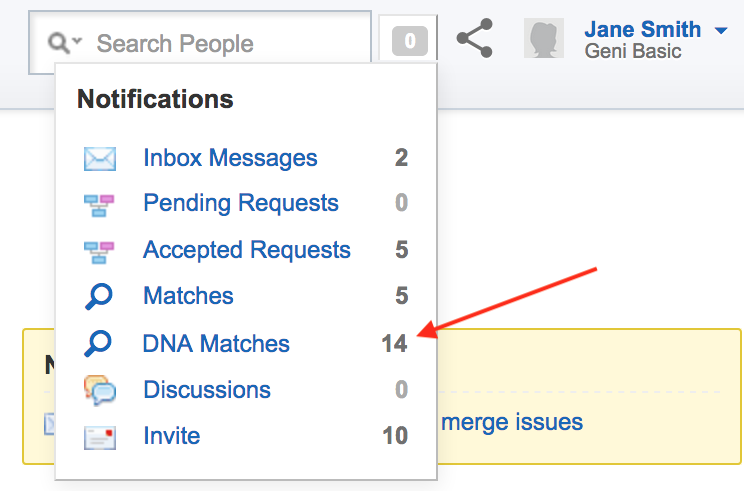
That’s essentially my question, though more details about why I’m asking and what I’m thinking are below. I’d like to ask about using this starting with 4th cousins rather than second cousins – any tips ? After applying these two added steps to the Leeds Method, I’ve found working with 4th cousins to be a little easier to visualize, too.ĭana, thanks for explaining this so clearly. If there are any cousins with an MRCA beyond my great-grandparents, such as the Stewart-Dougherty cousin, I’ll change the color in the cell to a darker shade of the same color if they are in the paternal (Gordon) line or lighter if they are in the maternal (Stewart) line.Īdding MRCA’s allows for an instant determination of unknown relationships. The blank is an unknown relationship to someone who doesn’t answer emails. In one of those columns, the colored cells have “Gordon-Stewart” (my great-grandparents), “Stewart-Dougherty” (2nd great-grandparents in my great-grandmother’s line), and one blank. For example, in my personal chart, I have 2 “second” cousins and 7 “third” cousins in four columns. When a cell is filled with a color as you describe, I will add the surnames of the most recent common ancestors (MRCA) if they are known. I did add one, actually two, more steps that you may like to share. I must have done alright without this technique, but it does add some simplicity, something I’m always looking for to make processes more efficient. I have used the Leeds Method for a few kits I manage including my own. I haven’t seen what their results look like so if there is a similar DNA match list, would your method work on that list as well?

I suppose we should probably go ahead and get the other DNA test companies done as well. I am working to “prove up” my friends tree, verifying every single person and relation on it using actual records rather than other tree info provided by other ancestry users. I am so completely obsessed and throughly invested in genealogy but I really have a hard time understanding the DNA side of it. Roberta, was the adoptee someone you discovered outside your tree, meaning that person was given up for adoption by members of your nieces family ?ĭana, into which category would the biological relatives of the adopted maternal grandmother fall? Lots of overlap, some overlap, or 4 columns no overlap? Does this method work independently of the tree information, meaning more reliable than say using the common ancestor info to match ppl against tree info when you aren’t confident that info is 100% accurate? I don’t know if those ppl would be 2-3rd or 4-6th cousins, etc.
#My dna matches does not match my family tree how to#
I have an overwhelming number of DNA matches I’m sorting through, but I didn’t have any idea how to identify who, if anyone, among these 4k ppl could be related biologically to his grandmother (b. Hi Roberta and Dana! I was recently given the link to this incredible tool, as I am the DNA manager for my dear friend who is searching for the biological family of his grandmother. I add “borders” around each cell – this helps everything stay readable when printed – and I “fill” the cells with color to create the color clusters.



(In other words, use those matches who share between 90 and 400 cM of DNA with you.) The key is to not include anyone who you share two grandparents with. However, I do eliminate any of the matches near the top who share over 400 cM. Instead, I use cousins Ancestry says are “second” or “third” cousins. In fact, it is being used to break down some more recent brick walls! DNA Color Clustering: The Method Step 1: List 2nd and 3rd cousins.įor this method, I use AncestryDNA and skip any “close family” and “first cousin” matches. It also works wonderfully with traditional genealogy. I created this method while working with an adoptee, and it works wonderfully for unknown parentage cases where the cousins are strangers and their true relationships are unknown. This simple and quick method helps you easily visualize how your close cousins are related to you and each other. Unsure of how other people were sorting their Shared Matches from AncestryDNA, I developed my own method: the Leeds Method of DNA Color Clustering.


 0 kommentar(er)
0 kommentar(er)
